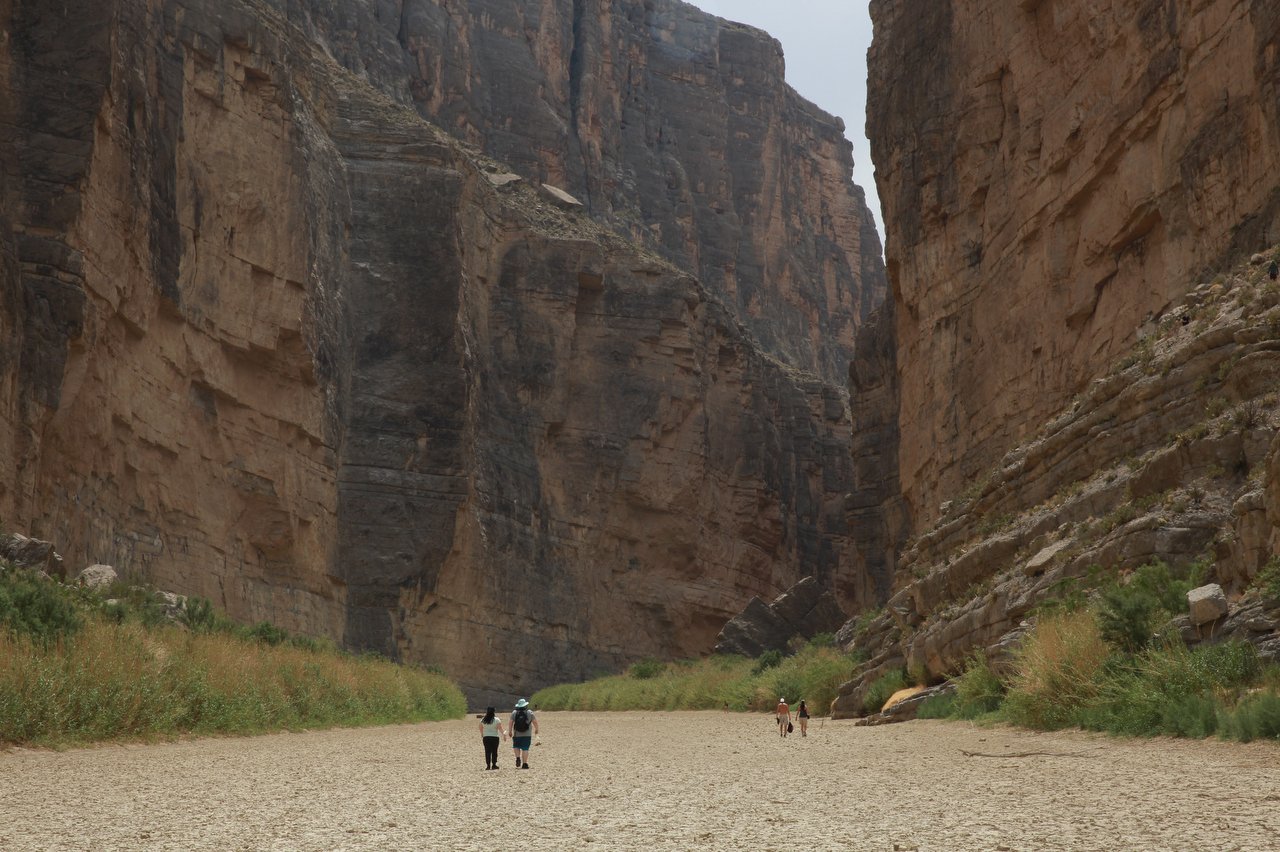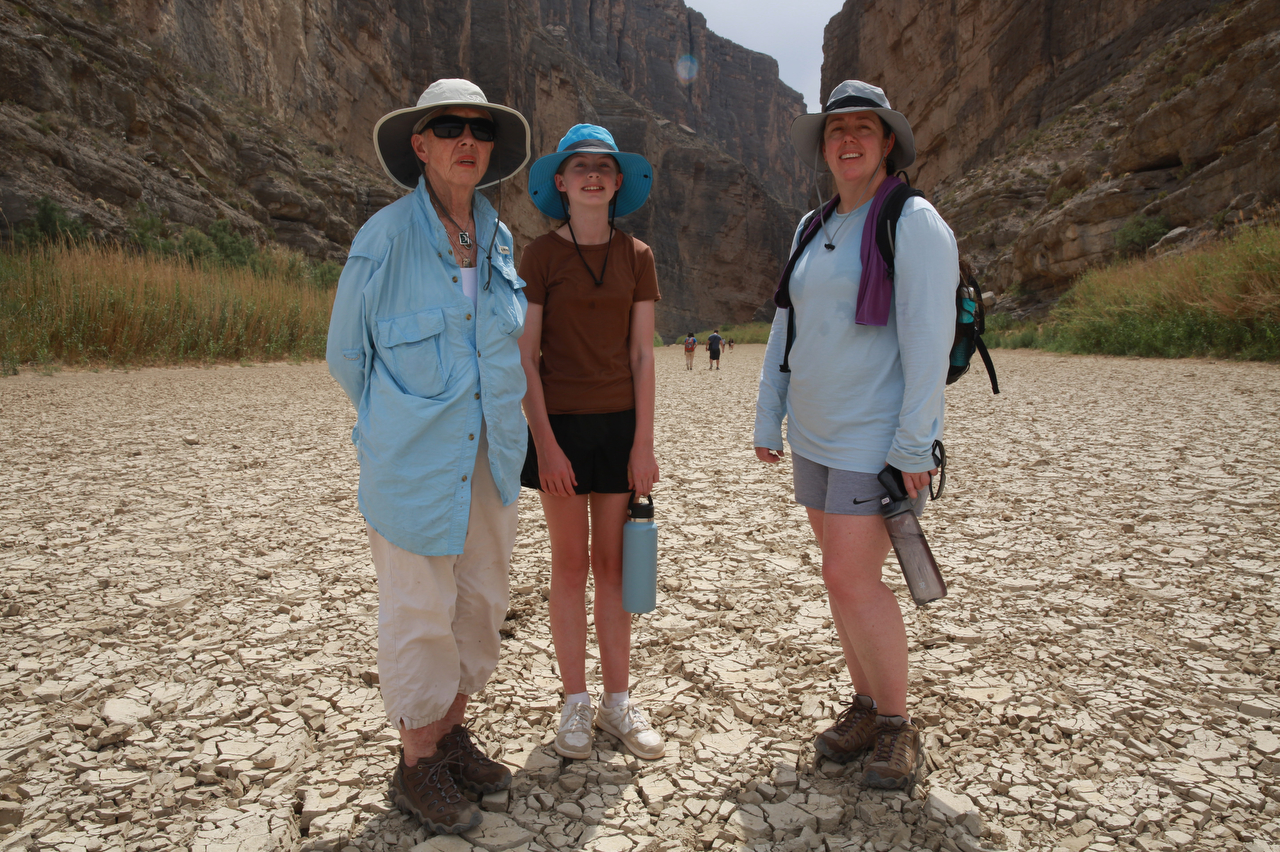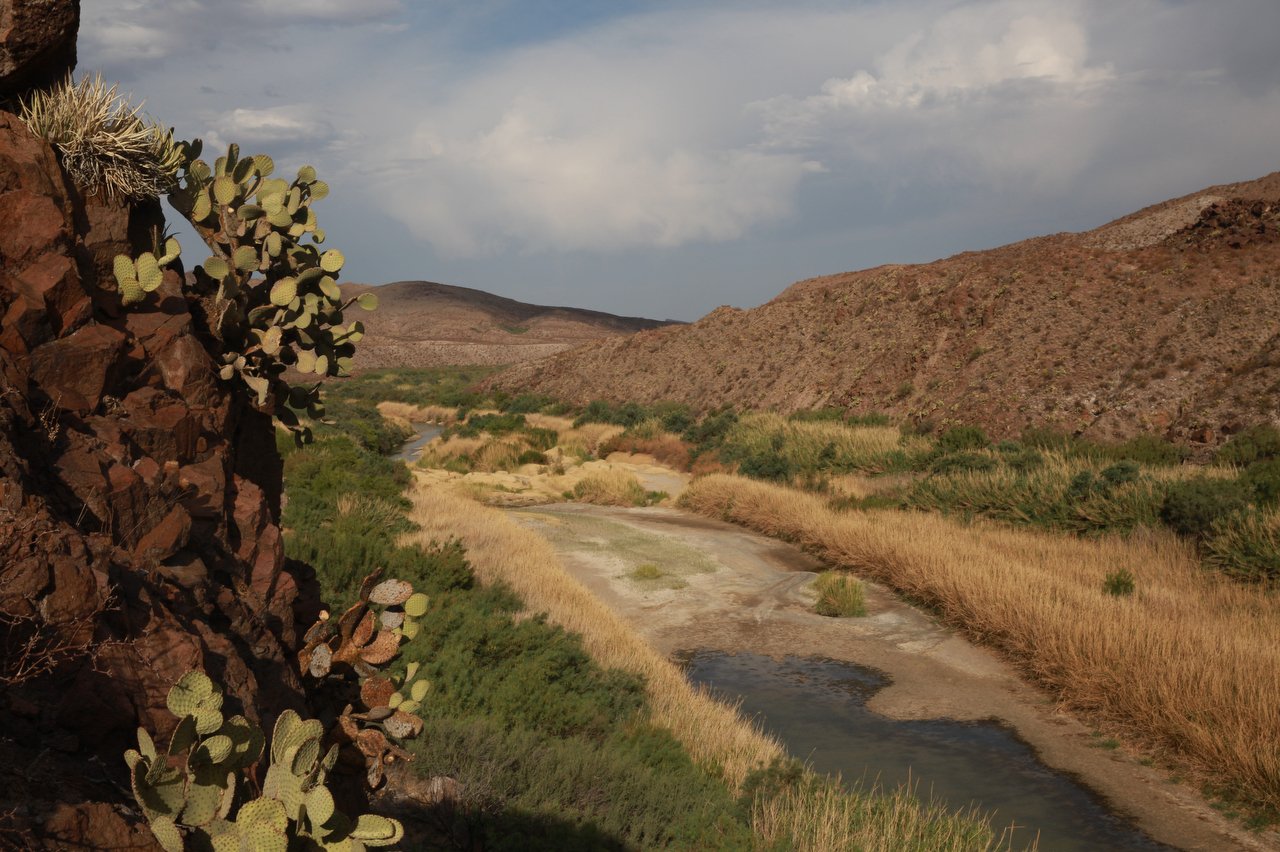Visitors to the Big Bend country in May noticed a conspicuous absence: the Rio Grande, whose great arching pathway gives this region its name.
Where cool water used to flow, a dry, cracking riverbed now snakes through some of Texas’ most iconic landscapes.
Near Santa Elena Canyon, a river gage measured 0 cubic feet per second for the first time on record on April 28, and it stayed that way for most of the next month.

It’s a grim warning sign for the lower reaches of the Rio Grande, which provide water to millions of acres of crops and to many people in Texas and Mexico. The river has dried up in other spots off and on for decades now, battered by drought and overuse, but never in these places. No one alive has seen the river as it looks today.
“The scope of this is significantly more widespread than I have ever seen,” said Raymond Skiles, a retired park ranger who spent 31 years at Big Bend National Park and grew up in the region.
Heavy rains fell in West Texas and North Mexico over the first weekend in June, sending a raging pulse of water down the canyons of Big Bend and wetting the riverbed again. It was sweet relief from the ongoing drought, but nothing near enough to bring the once-great river of Texas back to life.
What seems like the death throes of this river began slowly. Upstream, between El Paso and Presidio, the so-called “forgotten” stretch has run dry intermittently for the last 40 years. But water from the Rio Conchos, which meets the Rio Grande at Presidio, always brought the river back to life before.
Skiles said he only saw the river dry up once below the Conchos in Big Bend National Park. It was 2003 and it happened along a particularly remote area, accessible only via a 15-mile round-trip hike. The phenomenon lasted only several weeks and never affected more visited stretches of river upstream, so few visitors noticed.
Today, more than 100 miles of Rio Grande riverbed are dry or hold stagnant water. At Santa Elena Canyon,one of the park’s most popular sights, visitors have gawked at the striking absence of water.

“It used to be so nice and cool when there was a river here,” Sarah Pierson told her 11-year-old daughter as they hiked the dry bed of the Rio Grande through Santa Elena Canyon in late May.
Growing up in Austin, Pierson, 50, said she visited this place at least 10 times. Now back from a 15 year military deployment abroad, she’d brought her daughter and mom to see the Big Bend, but had no idea the river would be gone.
“It’s depressing,” Pierson said from the cracking riverbed as temperatures reached 106 Farenheit. “I’m trying to introduce my child to all the beautiful things I remember, but it’s not so beautiful anymore.”
Early summer rains filled the canyon again, but twice in June it almost dried up again.
The main culprit is water extraction to serve major cities and agriculture, which makes the river extremely sensitive to drought. Neither Rocky Mountain snowmelt or rainfall from New Mexico have flowed through this section of the river for more than 100 years, since dams upriver save that water for irrigation in the high desert of New Mexico.

Only the Rio Conchos of Chihuahua, Mexico supplies this stretch of Rio Grande. Amid extended drought in Northern Mexico, farmers and ranchers in the Conchos basin have no spare water to send downstream.
“Right now Mexico is delivering almost no water,” said Samuel Sandoval-Solis, a professor and researcher at UC Davis in an interview. Sandoval-Solis did his PhD on Rio Grande water management in 2011. “The river has just been desiccated.”
All this queues up big problems, he said, because Mexico doesn’t just owe water to keep the famous canyons of Big Bend looking pretty. Flows released down the Conchos flow into downstream reservoirs like Lake Amistad, which hold water for millions of people and millions of acres of farmland in the Lower Rio Grande Valley.
Those reservoirs are currently at historic lows, Sandoval-Solis said. And with the Rio Grande running dry upriver too, there isn’t much reason to expect those levels to rise.
“We’ve just allowed the situation to devolve into a crisis,” said Kimberly Baeza, who grew up on the Rio Grande in West Texas and now works as a hydrologist in Arizona. “We have a lot of reckoning to do with how we have mismanaged and depleted these systems.”







